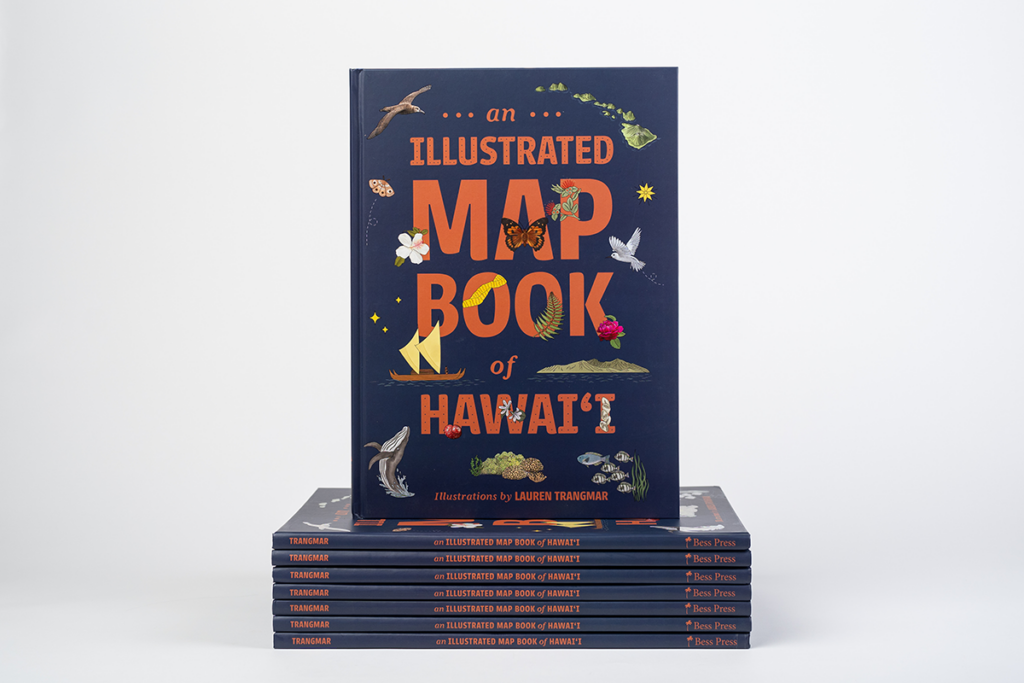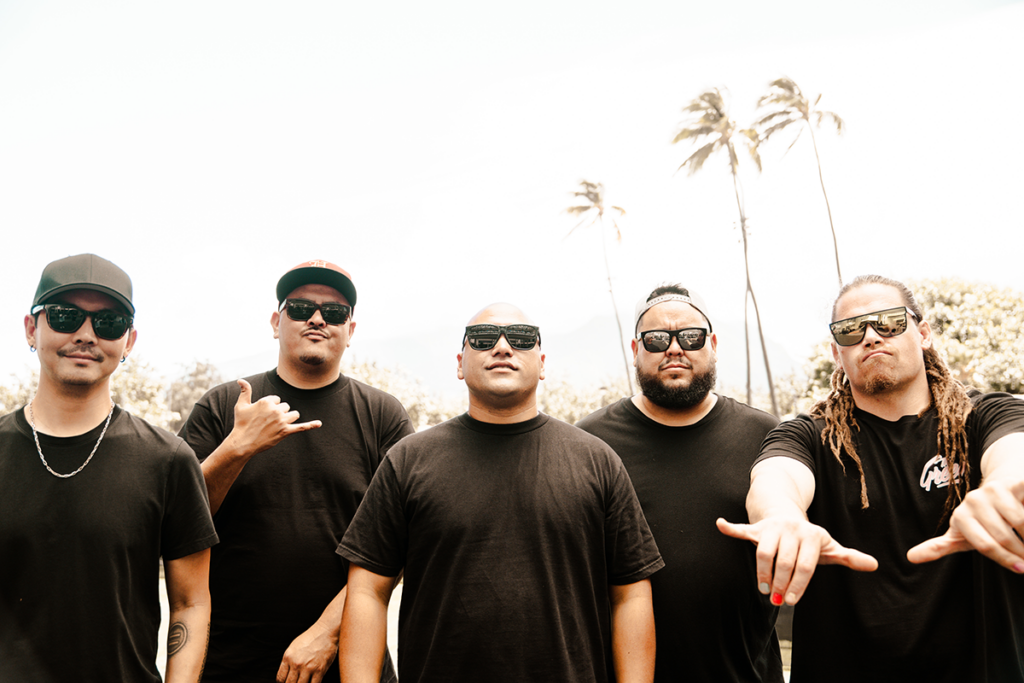Ages and Stages: Reading MIlestones
This is a general outline of the milestones on the road to reading and the ages at which most kids reach them.

Infancy (Up to Age 1)
Kids usually begin to:
- imitate sounds they hear in language
- respond when spoken to
- look at pictures
- reach for books and turn the pages with help
- respond to stories and pictures by vocalizing and patting the pictures
Toddlers (Ages 1 to 3)
Kids usually begin to:
- answer questions about and identify objects in books
- name familiar pictures
- use pointing to identify named objects
- pretend to read books
- finish the sentences in books they know well
- scribble on paper
- know names of books and identify them by the picture on the cover
- turn pages of board books
- have a favorite book and request it to be read often
Early Preschool (Age 3)
Kids usually begin to:
- explore books independently
- listen to longer books that are read aloud
- retell a familiar story
- recite the alphabet
- begin to sing the alphabet with prompting and cues
- make continuous symbols that resemble writing
- imitate the action of reading a book aloud
Late Preschool (Age 4)
Kids usually begin to:
- recognize familiar signs and labels, especially on signs and containers
- make up rhymes or silly phrases
- recognize and write some of the letters of the alphabet
- read and write their names
- name letters or sounds that begin words
- match some letters to their sounds
- use familiar letters to try writing words
Kindergarten (Age 5)
Kids usually begin to:
- understand rhyming and play rhyming games
- match some spoken and written words
- understand that print is read from left to right, top to bottom
- write some letters and numbers
- recognize some familiar words
- predict what will happen next in
- a story
- retell stories that have been read to them
First and Second Grades (Ages 6 to 7)
Kids usually begin to:
- read familiar stories
- sound out or decode unfamiliar words
- use pictures and context to figure out unfamiliar words
- use some common punctuation and capitalization in writing
- self-correct when they make a mistake while reading aloud
- show comprehension of a story through drawings
Second and Third Grades (Ages 7 to 8)
Kids usually begin to:
- read longer books independently
- read aloud with proper emphasis and expression
- use context and pictures to help identify unfamiliar words
- understand the concept of paragraphs and begin to apply it in writing
- correctly use punctuation
- correctly spell simple words
- write notes, like phone messages
- and e-mail
- enjoy games like word searches
- use new words, phrases, or figures of speech that they’ve heard
- revise their own writing
Fourth through Eighth Grade (Ages 9 to 13)
Kids usually begin to:
- explore and understand different kinds of texts
- understand and explore expository, narrative and persuasive texts
- read to extract specific information, such as from a science book
- identify parts of speech and devices, such as similes and
- metaphors
- correctly identify major elements of stories
- read and write on a specific topic for fun, and understand what style is needed
- analyze texts for meaning








